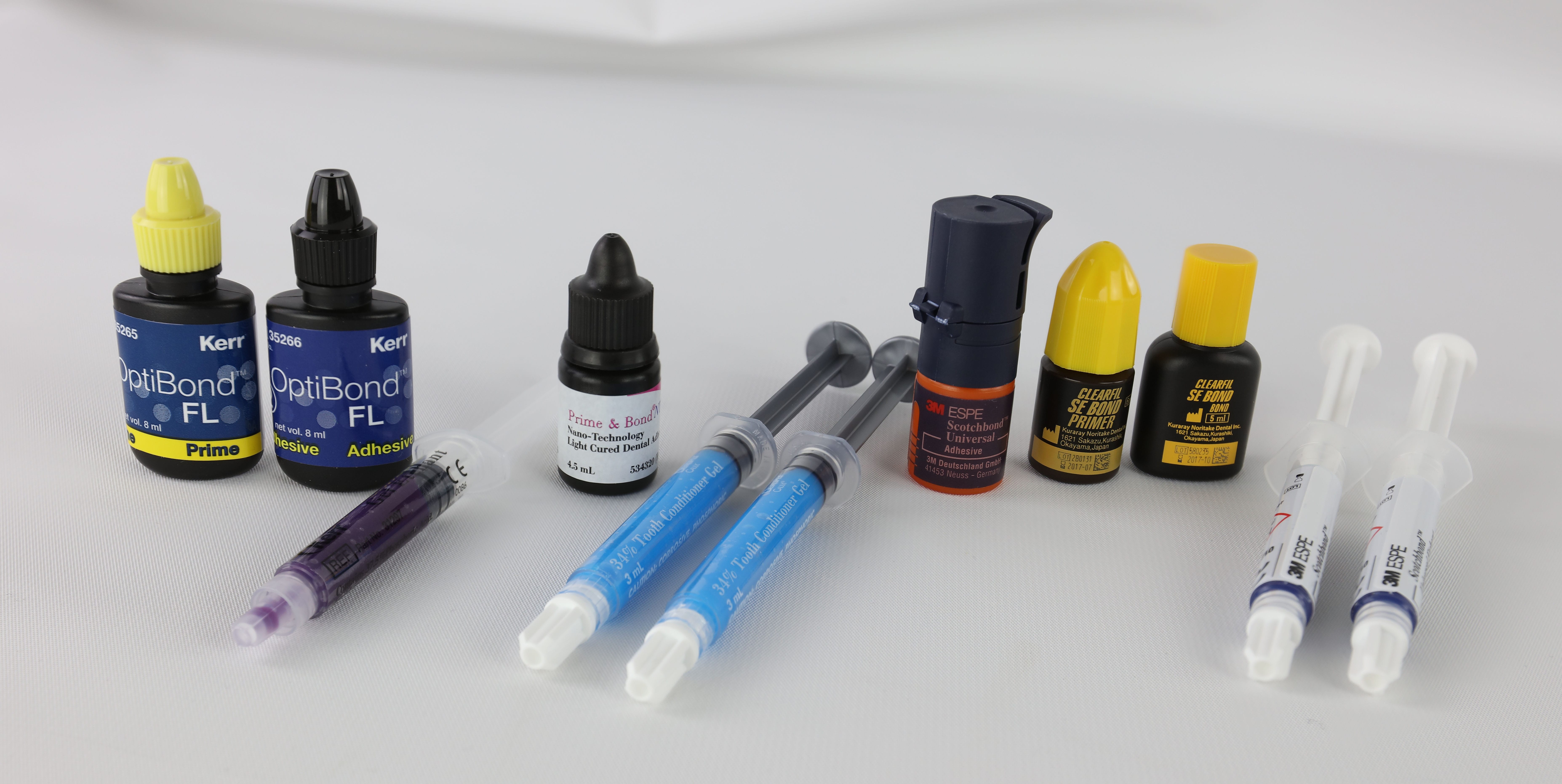Ever wondered about the unsung heroes behind your dazzling smile? Dental assistants are the backbone of dental practices across the USA, yet their crucial role often goes unnoticed. Did you know that as of 2023, there were over 376,500 dental assistants working in the United States?
This guide is your ticket to understanding their world. You’ll discover the ins and outs of this rewarding career, from daily duties to future prospects. Whether you’re considering a career change or simply curious, we’ve got you covered. Ready to peek behind the dental curtain and see what makes these professionals so indispensable? Let’s explore the exciting realm of dental assisting together!
Key Responsibilities: A Versatile Role
Dental assistants wear many hats, seamlessly transitioning between clinical and administrative duties. Their responsibilities can be broadly categorized into three main areas:
Clinical Duties
- Preparing Patients and Exam Rooms: Ensuring patients are comfortable and that exam rooms are properly set up for procedures.
- Assisting During Procedures: Handing instruments to dentists, suctioning saliva, and assisting with fillings, crowns, extractions, and other dental procedures.
- Taking X-rays and Impressions: Performing radiographic procedures and taking dental impressions for study casts.
- Sterilizing Instruments: Maintaining a clean and safe environment by sterilizing dental instruments and equipment.
- Post-Procedure Clean-Up: Preparing the room for the next patient by cleaning up after procedures.
Administrative Duties
- Scheduling Appointments: Managing patient appointments to ensure a smooth workflow.
- Maintaining Patient Records: Keeping accurate and up-to-date patient dental records.
- Billing and Insurance: Handling billing processes, coding, and preparing insurance forms.
- Office Communication: Managing phone calls and emails, liaising with dental suppliers, and coordinating referrals to other dental specialists.
- Inventory Management: Overseeing the inventory of dental supplies, placing orders when needed, and managing storage.
Patient Care
- Educating Patients: Instructing patients on proper oral hygiene practices and post-procedure care.
- Monitoring Patient Comfort: Ensuring patients are at ease before, during, and after their procedures.
Specialized Roles: Exploring Diverse Career Paths
Within the field of dental assisting, several specialized roles offer unique responsibilities:
- Orthodontic Dental Assistant: Assists with braces applications, takes molds, and educates patients about orthodontic care.
- Pediatric Dental Assistant: Works with children to prepare them for exams while promoting oral health education.
- Endodontic Dental Assistant: Assists in root canals and other procedures related to tooth pulp.
- Oral Surgery Assistant: Supports oral surgeons during procedures like extractions and dental implants.
- Dental Anesthesia Assistant: Monitors patients requiring sedation or anesthesia, assisting in administering it while ensuring patient safety throughout procedures.
- Lead and Senior Dental Assistants: Oversee junior assistants while maintaining cleanliness protocols and optimizing workflows.
Essential Skills and Qualifications
To excel as a dental assistant, a combination of technical, administrative, and interpersonal skills is essential:
- Technical Skills: Proficiency in dental procedures, taking X-rays, using dental software, and familiarity with instruments.
- Administrative Skills: Competence in scheduling appointments, record-keeping, billing processes, and inventory management.
- Interpersonal Skills: Strong communication abilities paired with empathy to foster positive relationships with patients and staff.
- Dexterity and Hand-Eye Coordination: Precision in working with tools in tight spaces is crucial.
- Attention to Detail: Meticulous record maintenance while adhering to protocols for patient safety is vital.
- Compassion and Sensitivity: Listening to patients’ concerns while providing reassurance during stressful moments enhances patient experience.
Education and Certification: Paving the Way
Educational requirements for dental assistants vary by state but generally follow a similar trajectory:
- Training Programs: Most complete a training program at a community college or vocational school lasting approximately 9 to 12 months. These programs include classroom instruction coupled with hands-on clinical experience.
- Certification: Some states mandate certification through exams like the Certified Dental Assistant (CDA) exam from the Dental Assisting National Board (DANB). This exam covers essential areas such as chairside assisting techniques and infection control practices.
- Continuing Education: Many states require ongoing education courses to maintain certification while keeping up-to-date with advancements in techniques and technologies.
Job Outlook and Salary: A Promising Future
The demand for dental assistants is projected to grow significantly due to an aging population, increased emphasis on preventive care, and a heightened awareness of the connection between oral health and overall well-being. According to the Bureau of Labor Statistics (BLS), employment for dental assistants is expected to rise by 7% from 2022 to 2032—outpacing many other occupations.
As of May 2023, the median annual wage for dental assistants was $46,540, with the top 10% earning over $59,540. Salary variations can arise based on factors such as geographic location, experience level, and specialization within the field.
Conclusion
Dental assistants are integral to the success of dental practices—ensuring efficient operations while delivering outstanding patient care. With a diverse range of responsibilities, specialized roles available, and a favorable job outlook ahead, pursuing a career in dental assisting can be both rewarding and impactful. By obtaining the necessary education, certification, and skills required for this profession, aspiring dental assistants can embark on a fulfilling journey as vital contributors to the healthcare community—making meaningful differences in patients’ lives while enhancing overall community well-being.
For more information about pursuing a career as a dental assistant or finding accredited programs near you, visit American Dental Association (ADA) or explore resources from your local community college or vocational school.















